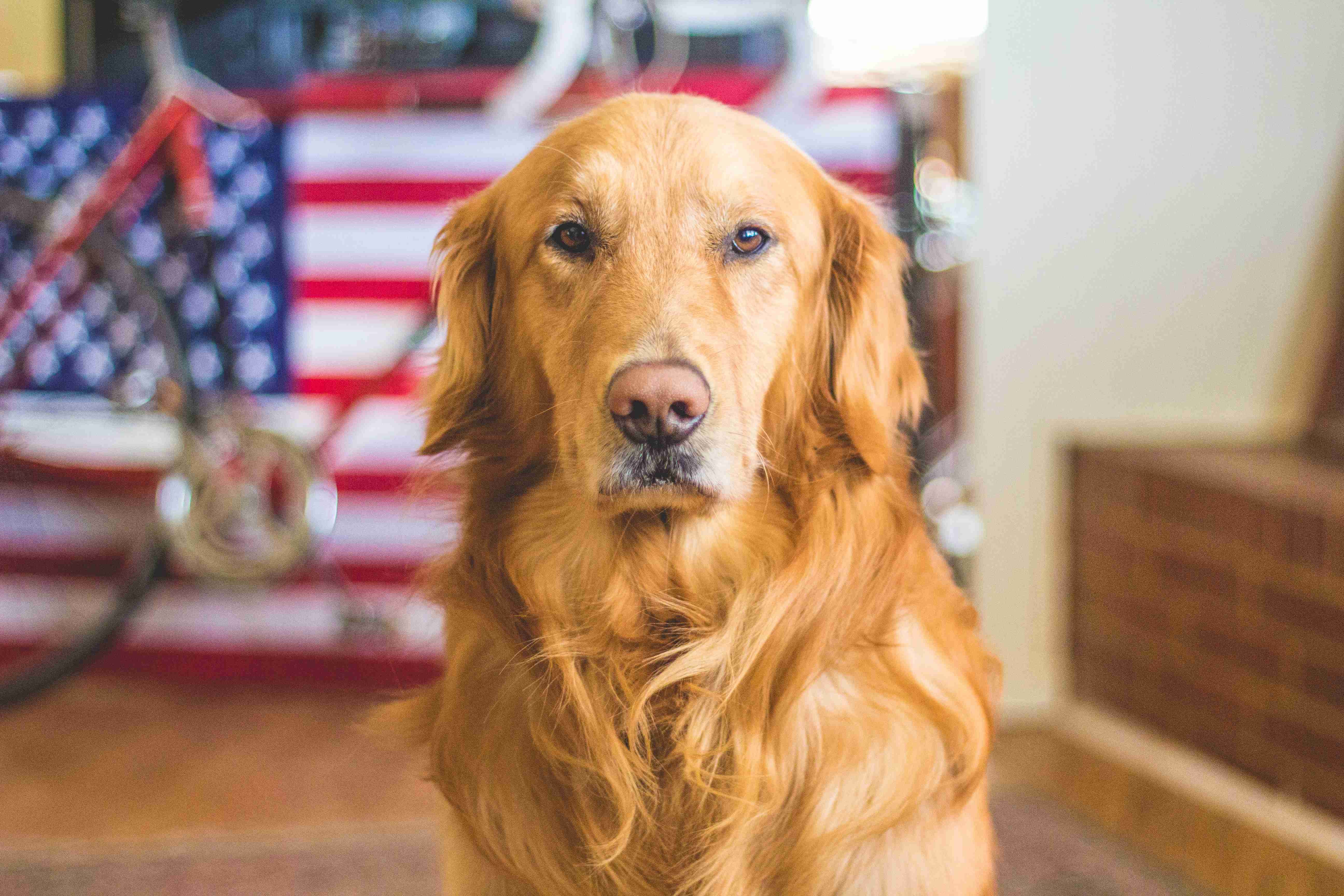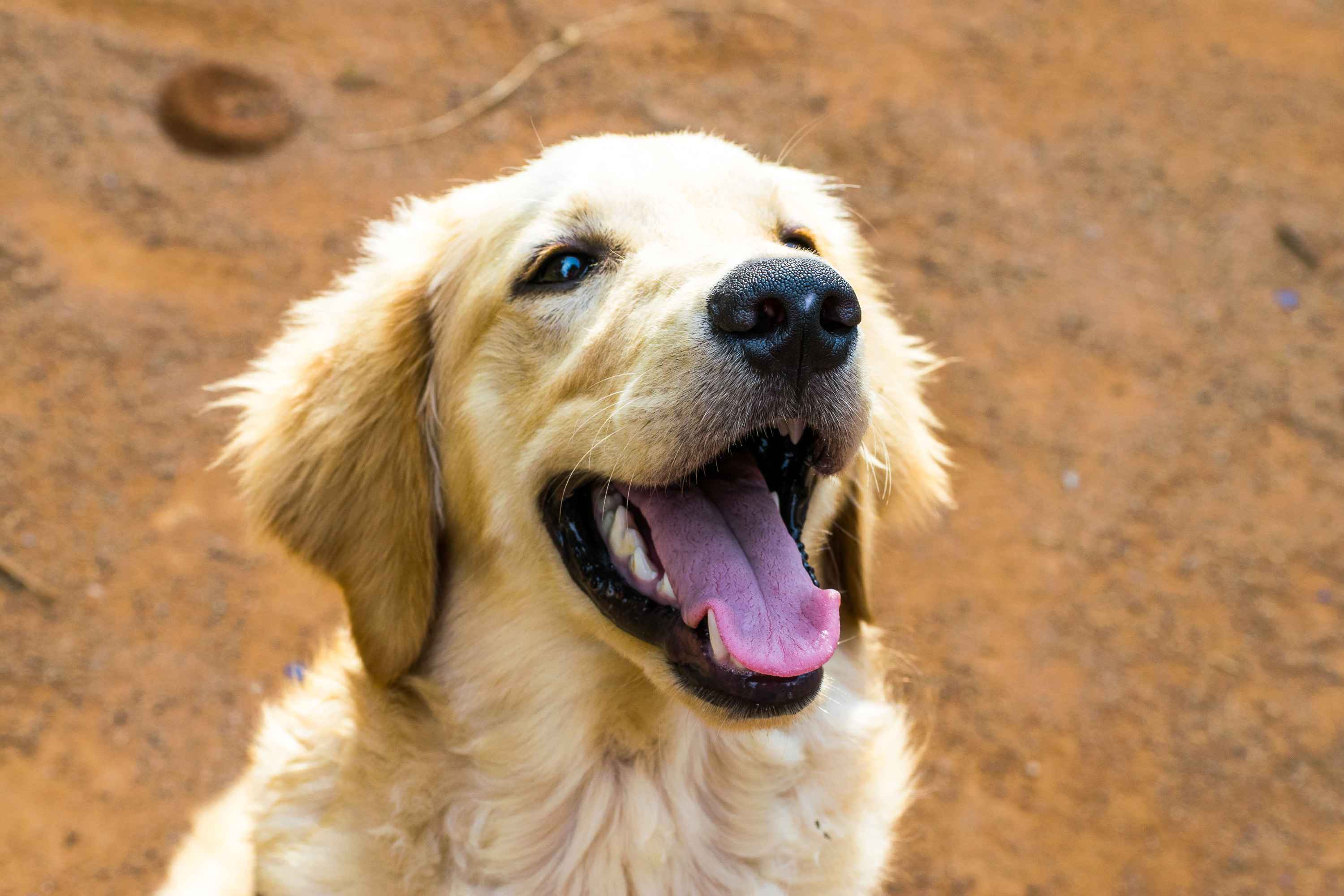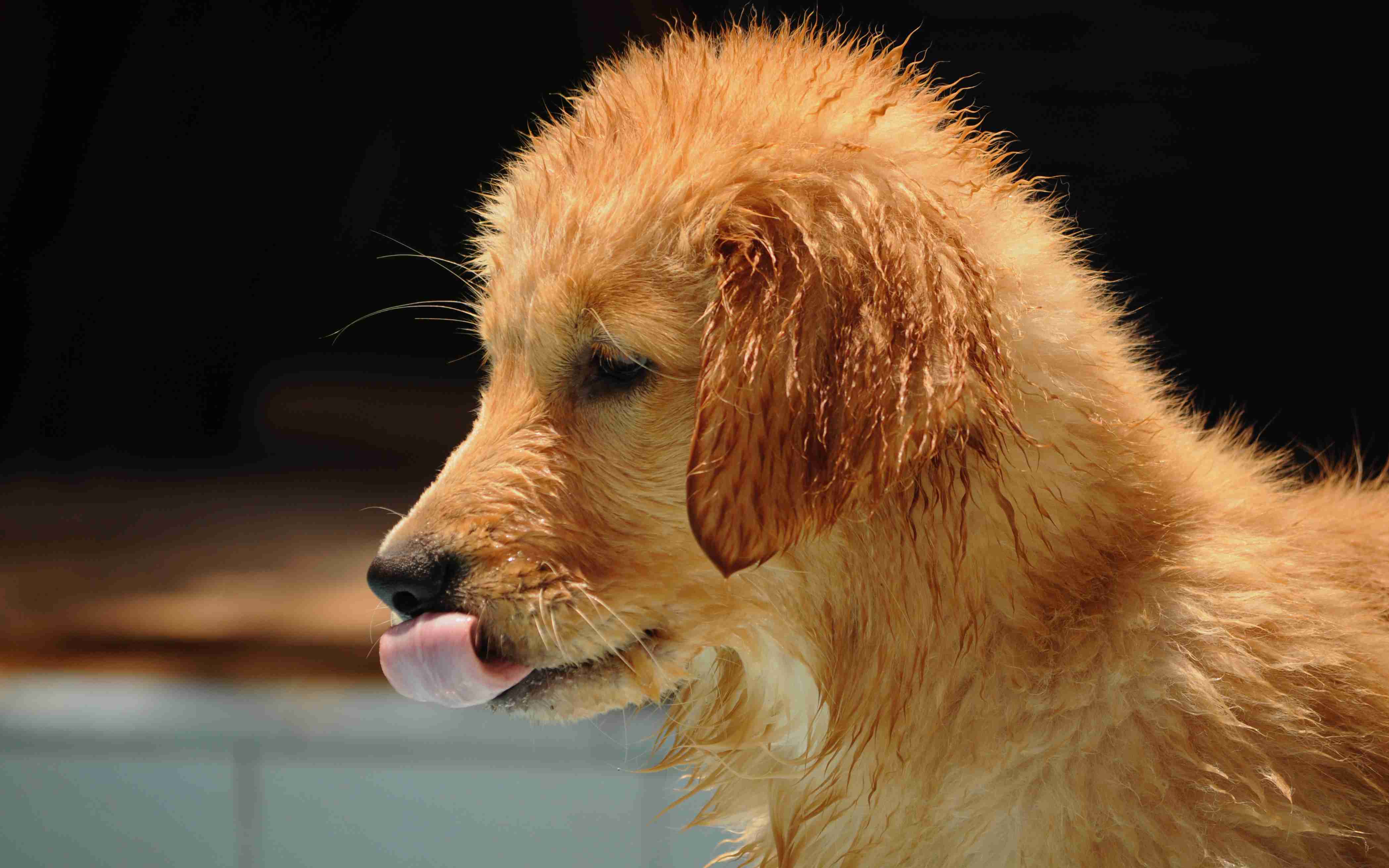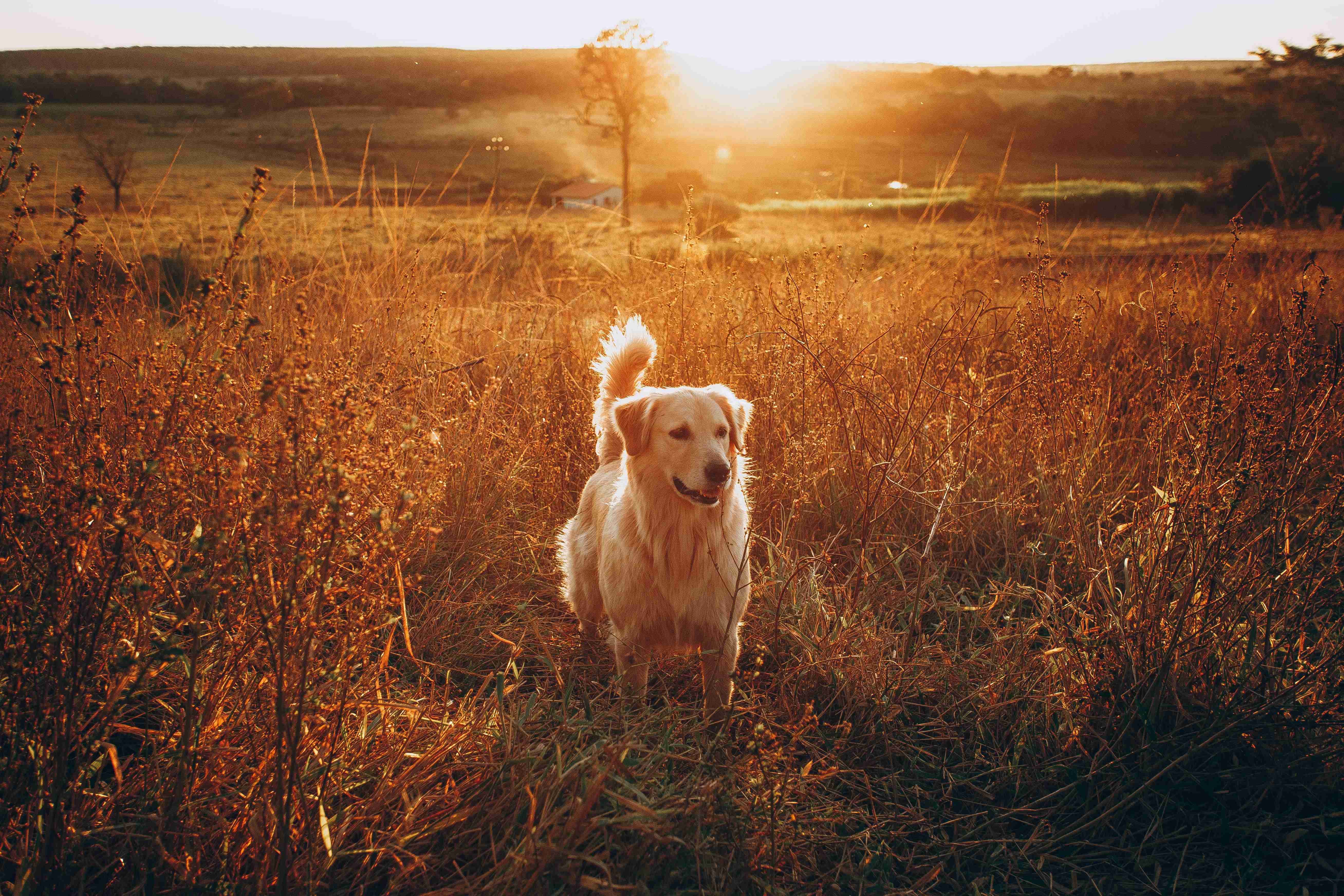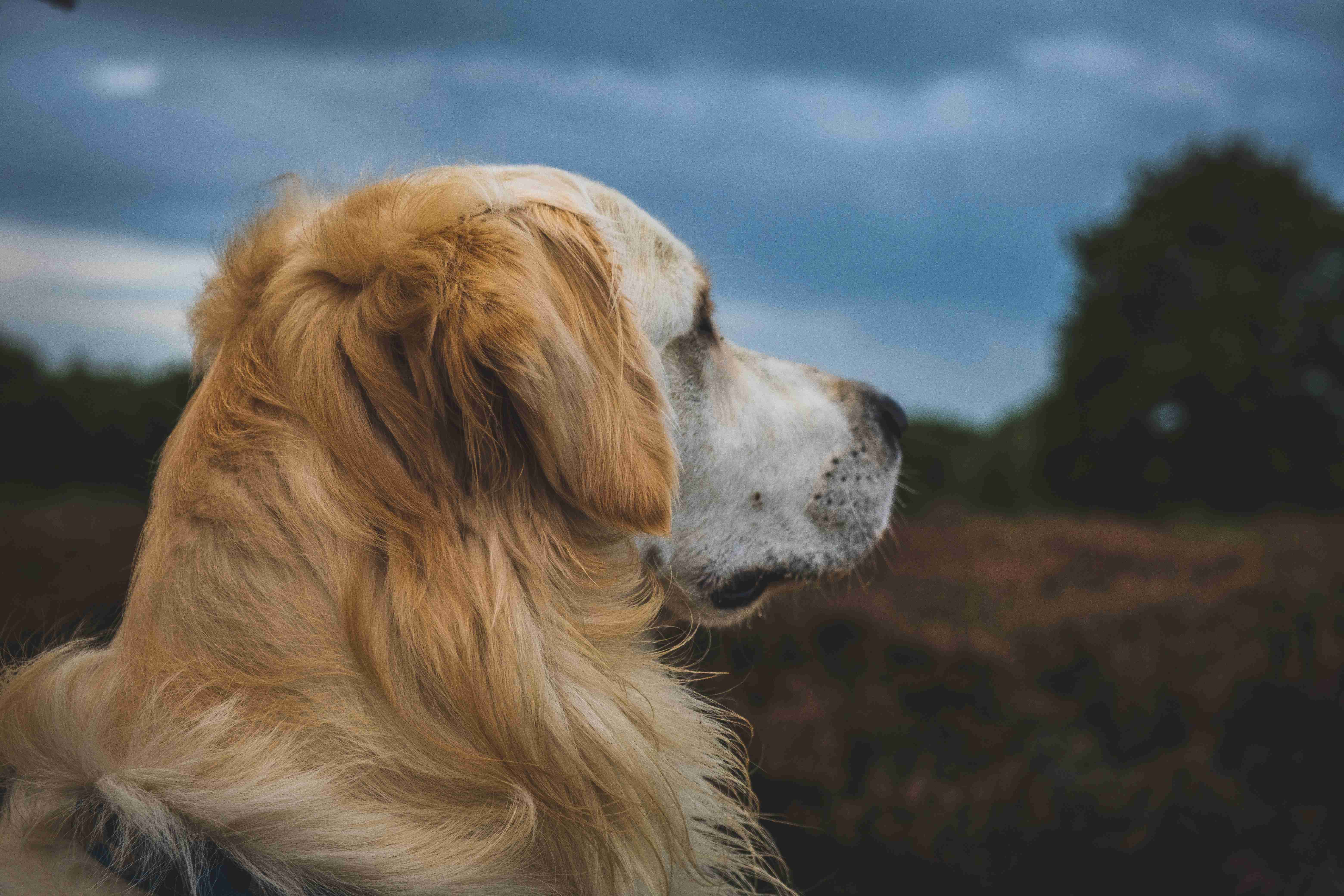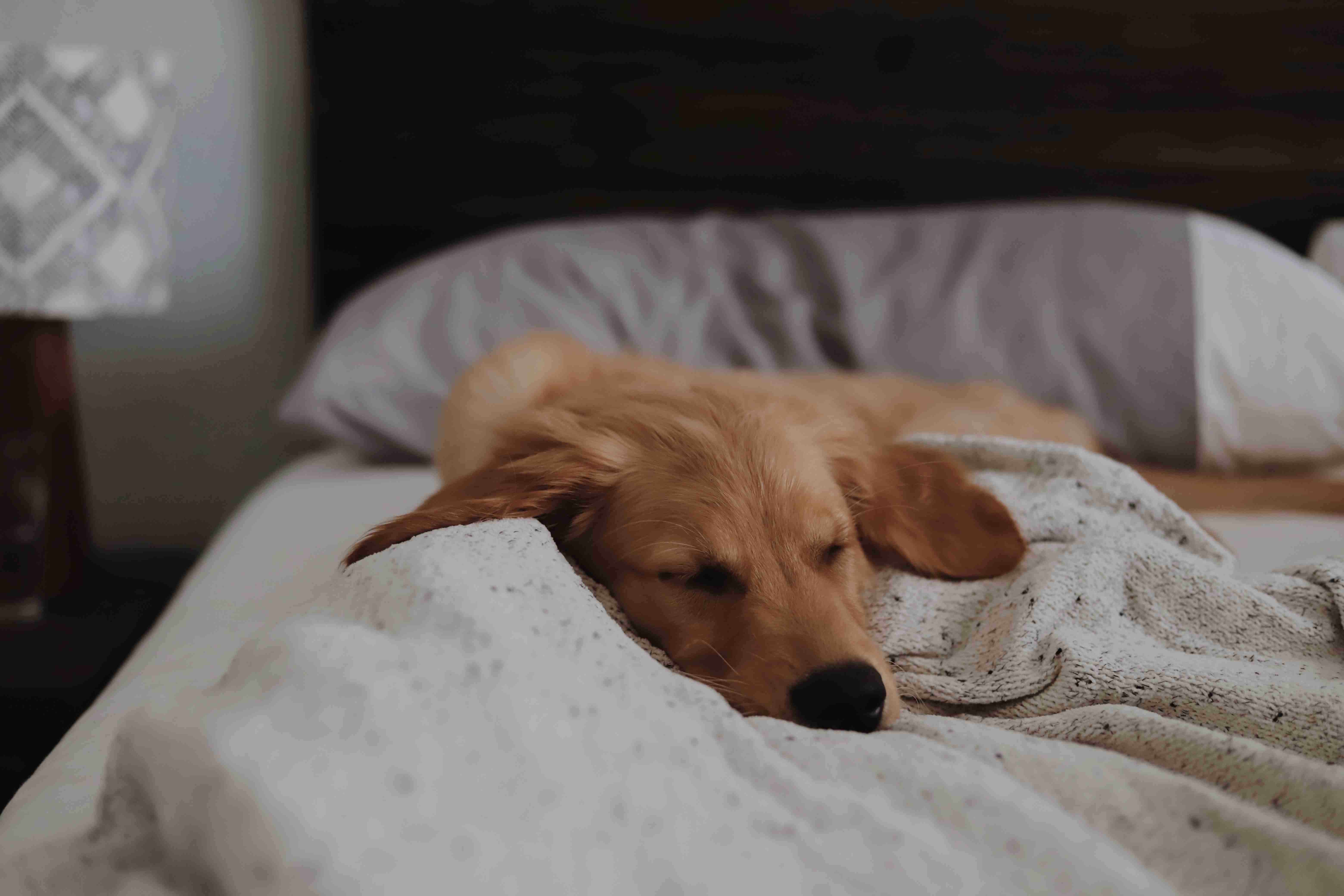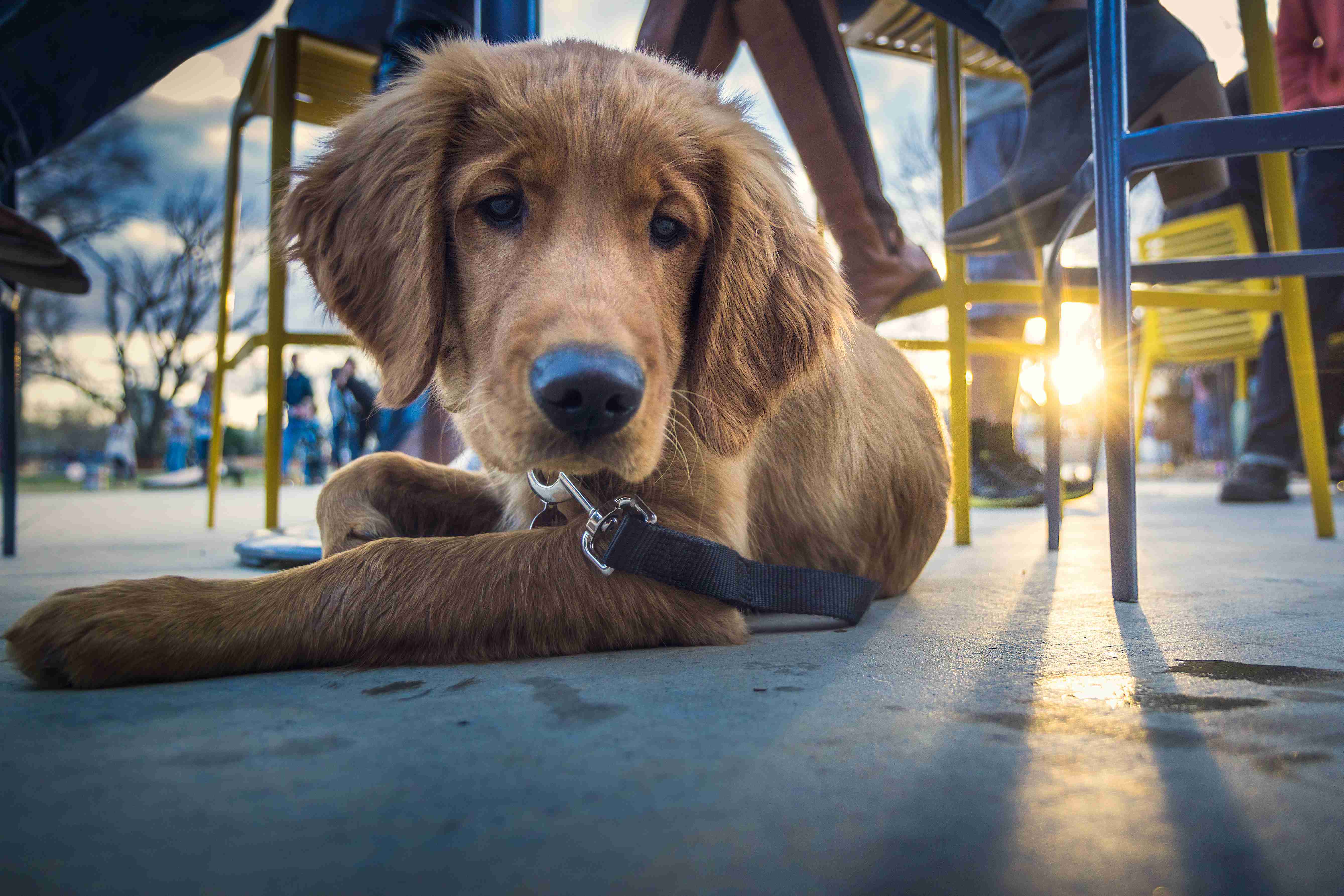Golden Retrievers are known for their friendly and playful nature, making them a popular family pet. However, their love for playing can sometimes lead to trouble, especially when it comes to children’s toys and belongings. As a responsible pet owner, it’s your duty to ensure that your Golden Retriever does not damage or destroy your child’s toys or other personal items. In this blog post, we’ll share some of the best practices for managing your Golden Retriever’s interaction with children’s toys and belongings. We hope these tips will help you create a safe and harmonious environment for your furry companion and your little ones.
As a parent, you want to make sure your children‘s toys and belongings are safe from your furry friend, but Golden Retrievers are known for their love of playing and chewing on things. It can be challenging to manage their interaction with toys, but with a few simple tips, you can keep both your children and your furry friend happy.
1. Teach Your Golden Retriever Basic Commands
The first step in managing your Golden Retriever’s interaction with children’s toys is to teach them basic commands such as drop it, leave it, and no. These commands can help your dog understand what is acceptable and unacceptable behavior.
2. Keep Toys Out of Reach
One of the easiest ways to keep your children’s toys safe from your Golden Retriever is to keep them out of reach. This can be done by storing toys in a designated area or using baby gates to keep your dog away from certain parts of the house.
3. Provide Chew Toys
Golden Retrievers love to chew, so providing them with their own chew toys can help redirect their attention away from your children’s toys. Make sure to choose chew toys that are appropriate for your dog’s size and age.
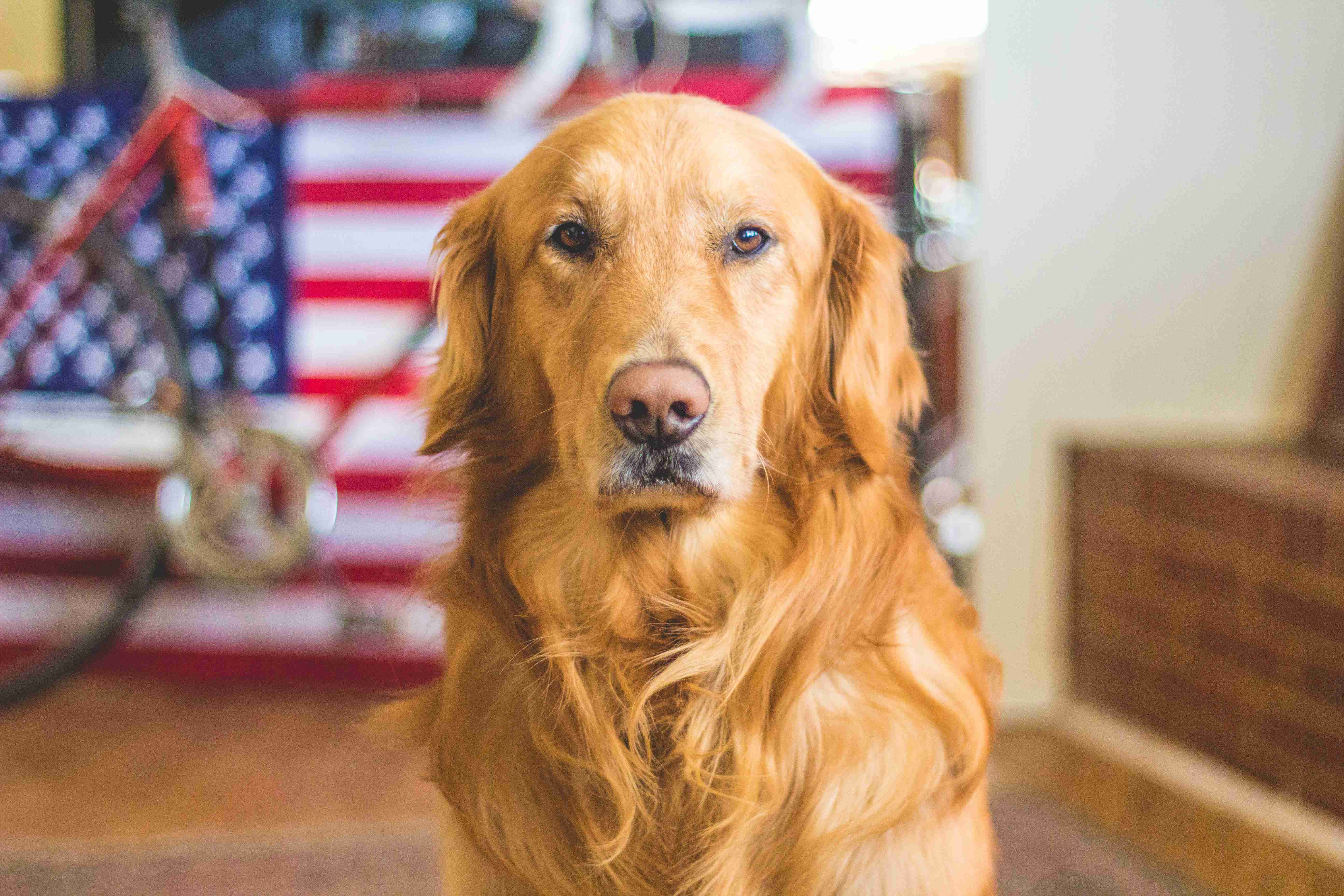
4. Supervise Playtime
It’s essential to supervise your Golden Retriever when they are playing with your children’s toys. This can help prevent any accidents or damage to the toys. You can also use playtime as an opportunity to reinforce basic commands and teach your dog appropriate behaviors.
5. Use Positive Reinforcement
Using positive reinforcement can be an effective way to manage your Golden Retriever’s interaction with children’s toys. When your dog behaves appropriately around toys, reward them with praise or treats. This can help reinforce good behavior and encourage your dog to continue behaving well.
6. Consider Crate Training
If you’re having trouble managing your Golden Retriever’s interaction with children’s toys, consider crate training. Crate training can provide your dog with a safe and comfortable space to rest and play, while also keeping them away from your children’s toys when you’re not able to supervise them.
Managing your Golden Retriever’s interaction with children’s toys can be a challenge, but with the right training and supervision, it’s possible to keep both your children and your furry friend happy. By teaching your dog basic commands, keeping toys out of reach, providing chew toys, supervising playtime, using positive reinforcement, and considering crate training, you can create a safe and enjoyable environment for everyone in your household.
Keeping your Golden Retriever’s interaction with children’s toys and belongings safe is crucial for the happiness and well-being of both your pet and your family. By following the best practices we’ve discussed in this article, you can create a safe and harmonious environment for your furry friend and your kids. Remember to always supervise your dog’s interactions with toys, provide them with appropriate chew toys, and train them to understand which items are off-limits. By taking these steps, you can ensure that your Golden Retriever and your children can coexist happily and safely.


